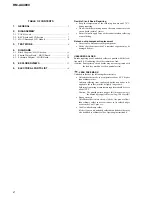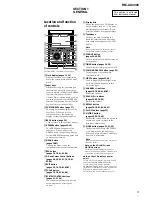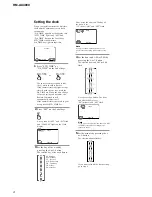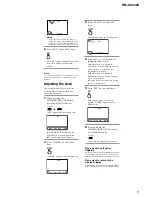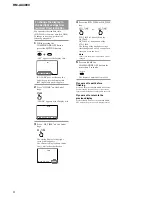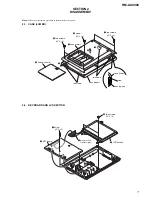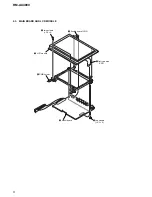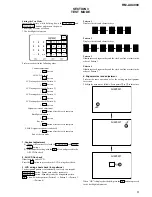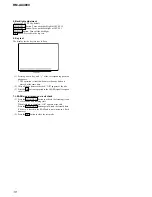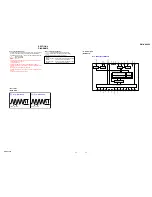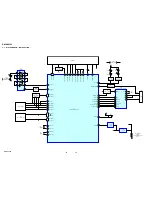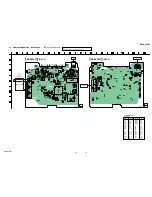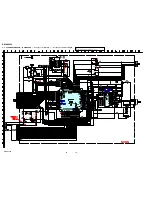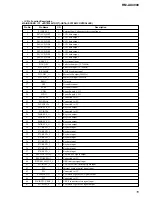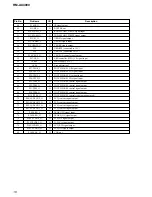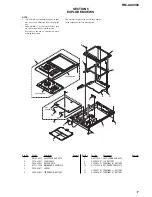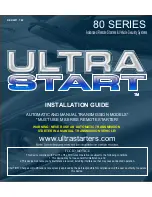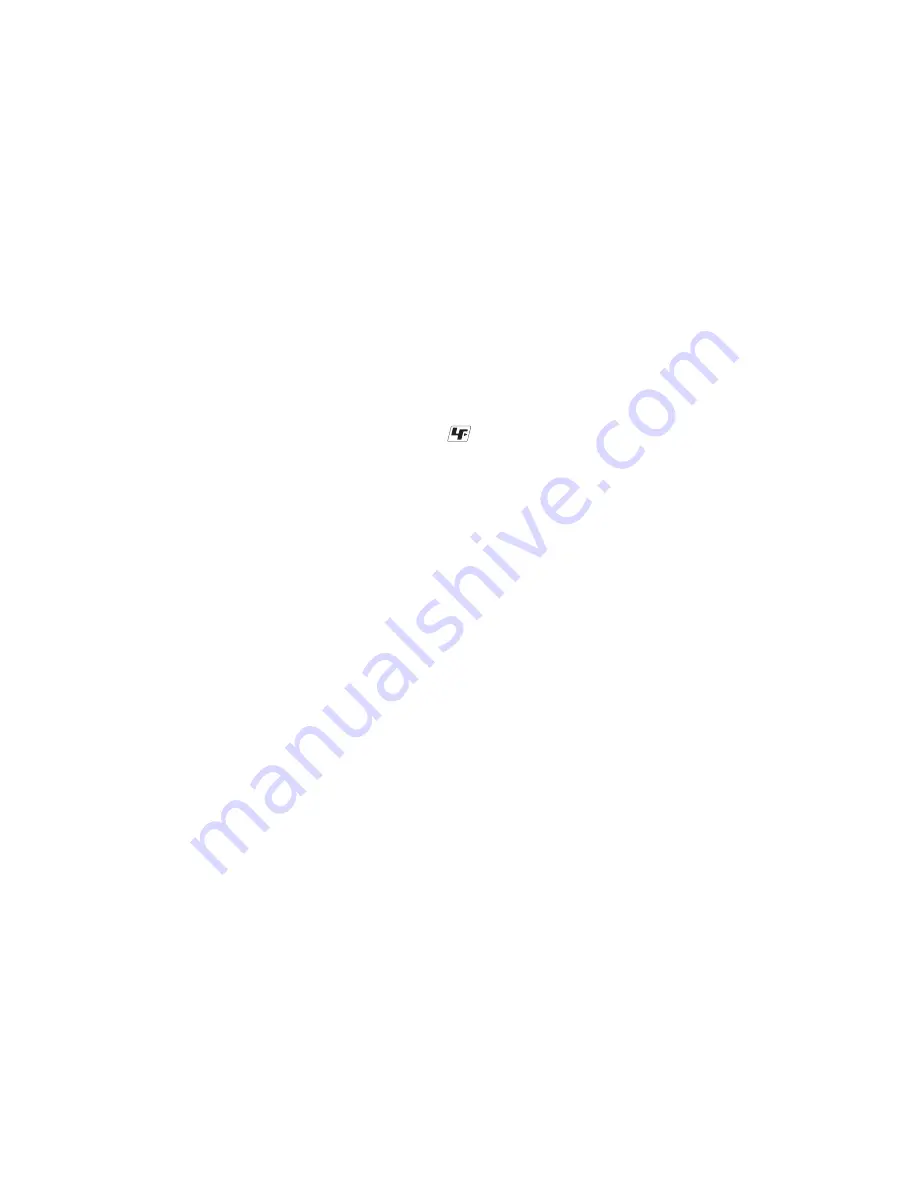
2
RM-AX4000
TABLE OF CONTENTS
1.
GENERAL
...................................................................
3
2.
DISASSEMBLY
2-1.
CASE (Lower) .................................................................
7
2-2.
KEY Board and LCD Section .........................................
7
2-3.
MAIN Board and LCD Module ......................................
8
3.
TEST MODE
...............................................................
9
4.
DIAGRAMS
4-1.
Block Diagram – MAIN Section – .................................. 12
4-2.
Printed Wiring Board – MAIN Board – .......................... 13
4-3.
Schematic Diagram – MAIN Board – ............................. 14
5.
EXPLODED VIEWS
................................................. 17
6.
ELECTRICAL PARTS LIST
.................................. 18
Flexible Circuit Board Repairing
•
Keep the temperature of the soldering iron around 270
°
C
during repairing.
•
Do not touch the soldering iron on the same conductor of the
circuit board (within 3 times).
•
Be careful not to apply force on the conductor when soldering
or unsoldering.
Notes on chip component replacement
•
Never reuse a disconnected chip component.
•
Notice that the minus side of a tantalum capacitor may be
damaged by heat.
UNLEADED SOLDER
Boards requiring use of unleaded solder are printed with the lead-
free mark (LF) indicating the solder contains no lead.
(Caution: Some printed circuit boards may not come printed with
the lead free mark due to their particular size)
: LEAD FREE MARK
Unleaded solder has the following characteristics.
•
Unleaded solder melts at a temperature about 40
°
C higher
than ordinary solder.
Ordinary soldering irons can be used but the iron tip has to be
applied to the solder joint for a slightly longer time.
Soldering irons using a temperature regulator should be set to
about 350
°
C.
Caution: The printed pattern (copper foil) may peel away if
the heated tip is applied for too long, so be careful!
•
Strong viscosity
Unleaded solder is more viscou-s (sticky, less prone to flow)
than ordinary solder so use caution not to let solder bridges
occur such as on IC pins, etc.
•
Usable with ordinary solder
It is best to use only unleaded solder but unleaded solder may
also be added to ordinary solder. Operating instructiondd


